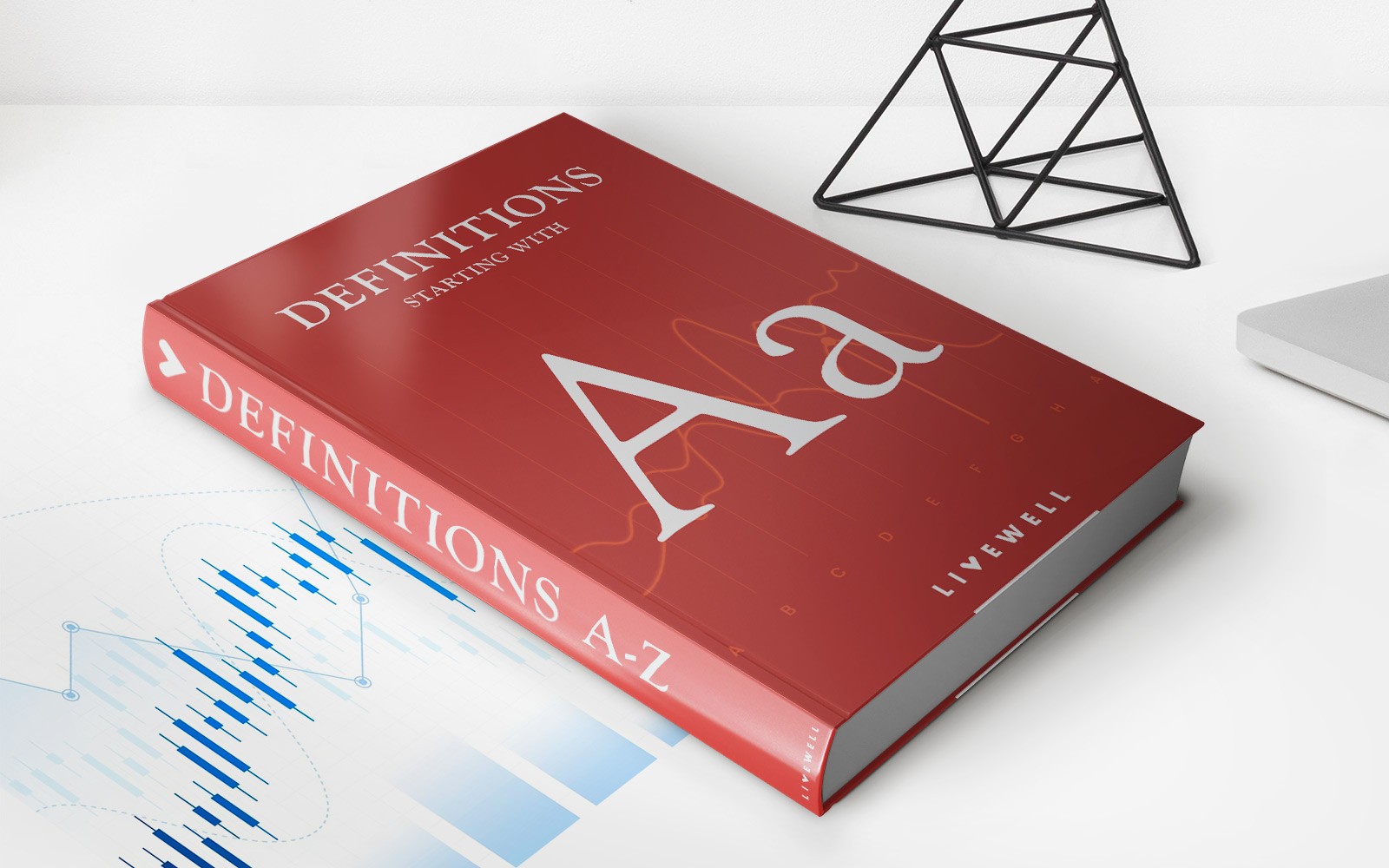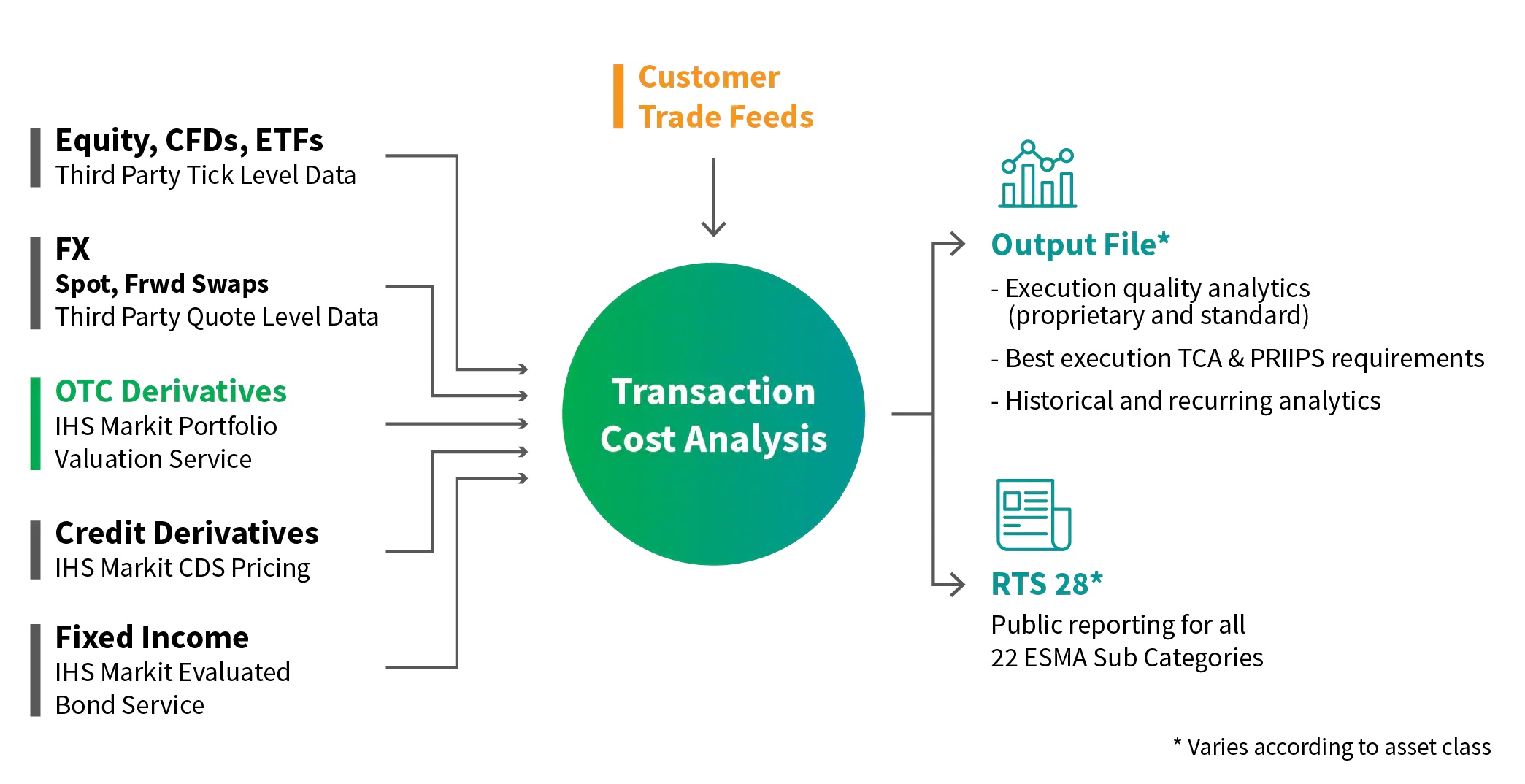Home>Finance>Financial Accounting Standard 157 (FAS 157): Definition


Finance
Financial Accounting Standard 157 (FAS 157): Definition
Published: November 23, 2023
Learn the definition of Financial Accounting Standard 157 (FAS 157) in the field of finance. Understand its significance and implementation.
(Many of the links in this article redirect to a specific reviewed product. Your purchase of these products through affiliate links helps to generate commission for LiveWell, at no extra cost. Learn more)
Understanding Financial Accounting Standard 157 (FAS 157): Definition
When it comes to navigating the complex world of finance, it’s important to have a solid understanding of the various accounting standards that govern the industry. One such standard that financial professionals need to be familiar with is Financial Accounting Standard 157 (FAS 157). In this blog post, we will delve into the definition of FAS 157 and its significance in the finance landscape.
Key Takeaways:
- FAS 157 is an accounting standard that provides guidelines for fair value measurements and disclosures.
- It aims to bring transparency and consistency to financial reporting, especially when valuing assets and liabilities.
So, what exactly is FAS 157? In simple terms, it is a set of rules established by the Financial Accounting Standards Board (FASB) in the United States. FAS 157 provides guidance on how to measure and disclose the fair value of certain financial instruments, including investments and financial derivatives.
One of the key aspects of FAS 157 is the categorization of assets and liabilities into three levels:
- Level 1: This level includes assets and liabilities that can be valued using observable prices in active markets. This means that market prices are readily available, and there is little to no subjectivity involved in determining the fair value.
- Level 2: Assets and liabilities that cannot be valued using observable market prices fall into this category. Instead, financial professionals use pricing models and other estimation techniques to determine fair value. While these methods may involve some subjectivity, they are generally based on observable inputs and can be validated.
- Level 3: The most subjective category, Level 3 includes assets and liabilities for which market prices or observable inputs are not available. In these cases, financial professionals need to rely on their judgment and make reasonable estimates based on unobservable inputs.
The main goal of FAS 157 is to bring transparency and consistency to financial reporting. By providing guidelines for fair value measurements and disclosures, the standard allows investors, regulators, and other stakeholders to make more informed decisions. It ensures that financial statements reflect the true economic value of assets and liabilities, helping to prevent misleading or inaccurate information.
It’s worth noting that FAS 157 has had a significant impact on the finance industry since its introduction. The standard has sparked debates and discussions around valuation methodologies, especially for assets that do not have readily available market prices. Additionally, it has led to increased scrutiny of fair value measurements, with auditors playing a crucial role in ensuring compliance.
Conclusion
FAS 157, also known as the Fair Value Measurement Standard, is an accounting guideline that plays a vital role in the finance industry. It provides clarity on how to measure and disclose the fair value of assets and liabilities. While FAS 157 has brought greater transparency to financial reporting, it has also raised important discussions about valuation methodologies and the role of auditors. By understanding and adhering to this standard, financial professionals can ensure accurate and reliable financial statements.














